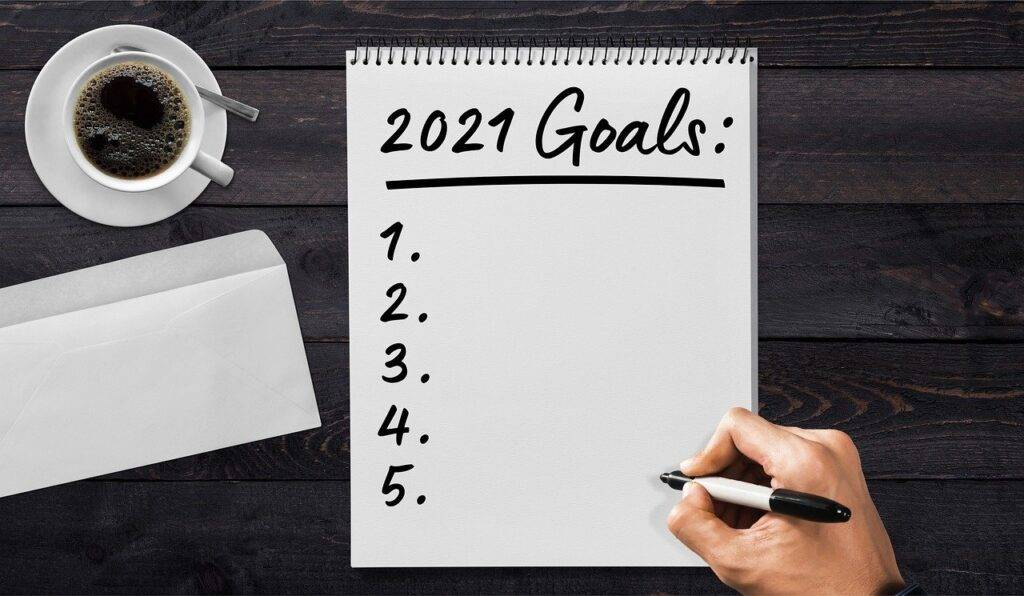
2021. We made it. We finally said goodbye to 2020, a year that will be forever remembered in the history books but not for the best reasons. And, we are still in the thick of the fight against COVID-19.
Still, with vaccines now being distributed, there are reasons to be hopeful. And, in any event, time waits for nobody and continues to move on. So we have to keep moving forward as well.
I believe that while 2021 will continue to be bumpy, we will start to see the world settling into some semblance of a new normal. Things will not return to the way they were before COVID, but neither will they remain as they are now. Instead, I think there will be something in between. That has implications for public speaking.
Online meetings and presentations are here to stay now that people realize how productive, cost-efficient and environmentally friendly they can be. At the same time, there is universal craving for human connection. People want to be with other people. So slowly but surely, we will return to some in-person meetings, conferences, trainings and other events.
With that in mind, here are three public speaking resolutions for you to consider in 2021.
1. Get more comfortable with online presentations
Zoom, Teams, Webex. A year ago, many people did not know what these terms meant; today, they are household names. Unfortunately, many people still do not use these tools as effectively as they otherwise might.
In 2021, commit to improving your skill in online presentations. In the coming days, I will do a post devoted to this subject in which I share some of the lessons that I have learned this past year.
2. Get less uncomfortable with your speaking situations
2021 is also the year to get uncomfortable. (You should have had good practice at this in 2020 with everything that we have been through.) By this, I mean that you should seek out speaking opportunities that make you nervous.
Every speaker gets nervous from time to time. If someone tells you that they never get nervous, just remember what Mark Twain said:
There are two types of speakers: those that are nervous and those that are liars.
Being nervous is completely natural – I am always a bit nervous whenever I have to speak in public – but the level of nerves tends to differ depending on the situation. Having worked with thousands of people over the years, I have noticed that two factors, in particular, can affect a speaker’s nerves: the size of the audience and the extent to which the speaker knows the people in the audience. Of course, these are not the only two, but they are the two that are mentioned most often by the people with whom I work.
Some people like speaking to a small audience; others prefer a large audience. Some people like speaking to those whom they know; others prefer to speak to strangers. And then there are the combinations: small audiences of people you know; small audiences of strangers; large audiences of people you know; large audiences of strangers.
I wrote about this phenomenon, which I call the Public Speaking Fear Grid. Have a look at the post and then think about where on the grid you are comfortable and where you are uncomfortable. Once you know, seek out opportunities to speak in those situations that make you uncomfortable. Because that is where you will find your greatest growth as a speaker.
3. Tell more stories
Psychologists say that our brains are wired for stories. Stories have been around for centuries and certainly a lot longer than PowerPoint and Excel. They are a fundamental part of who we are as human beings. And yet, many people are afraid to tell stories because they think that they have to be “serious” people when they are on stage.
Well, storytelling is serious. Stories are memorable and stories add meaning. They help put things into context. I am often challenged during my trainings by people who say that there is no place for a story in a financial presentation. Really? Did the numbers spontaneously burst into being? Or did something happen that resulted in the numbers and is there anything we can learn from it?
Audiences are much more likely to remember the stories you tell than anything else you say. And if they remember the story, chances are that they will remember the point behind the story.
I have written several posts on stories and storytelling and will certainly write more in 2021. For now, my challenge to you is to start adding stories to your presentations. They do not have to be long – a story can be 15 to 20 seconds – but they will be effective.
All the best for a happy, healthy and productive 2021.
















Comments are closed.